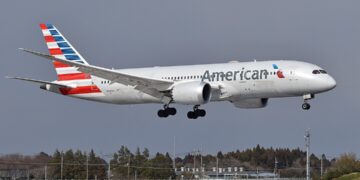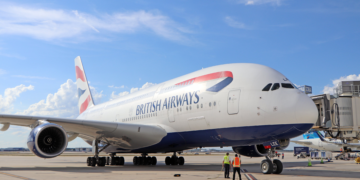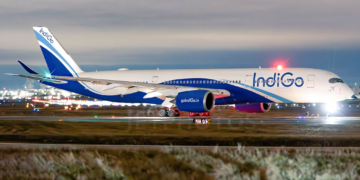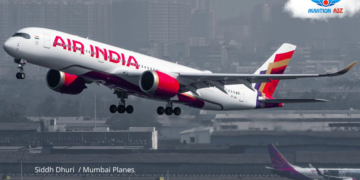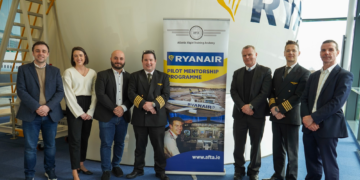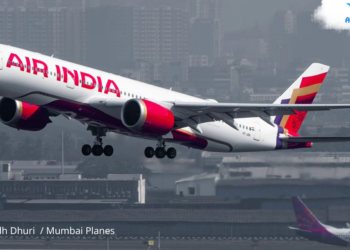The UK government-funded FlyZero project is eyeing Hydrogen because the main driver of carbon-neutral traveler flight, however it’s probably there’ll be some sad implications for belly freight, one in every of the main revenue streams for carriers.
The thought craft, a midsize hydrogen-powered jet, was discovered on at the part Technology Institute (ATI).
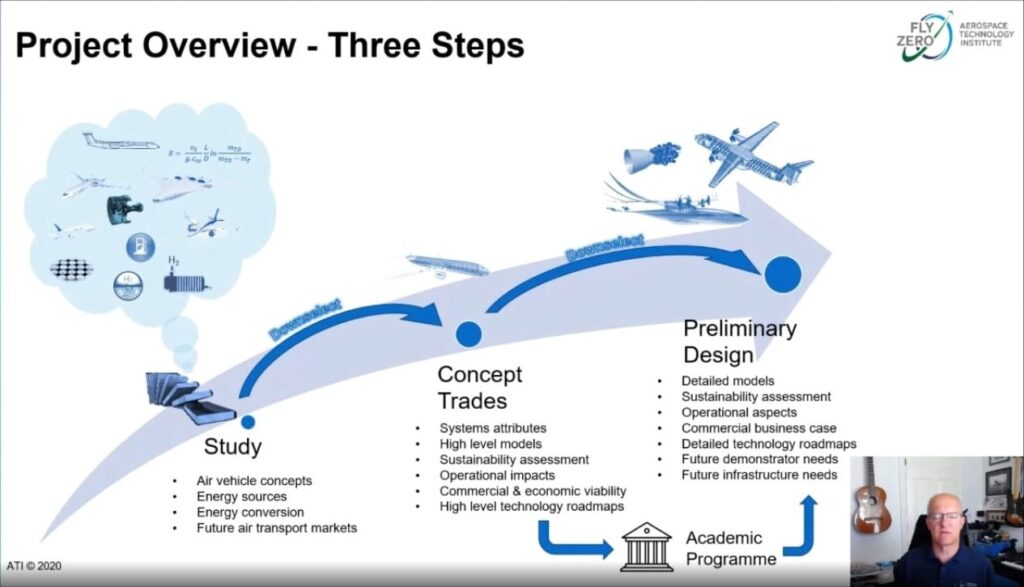
Despite the challenges of victimization Hydrogen as a fuel – as well as energy density over and over under standard jet fuel – the ATI claims the craft would be over capable of transatlantic flight, even London to port of entry, while not having to refuel.
“At a time of worldwide concentrate on endeavour temperature change, our midsize thought sets out a very revolutionary vision for the longer term of worldwide travel, keeping families, businesses and nations connected while not the carbon footprint,” same FlyZero project director Chris Gear.
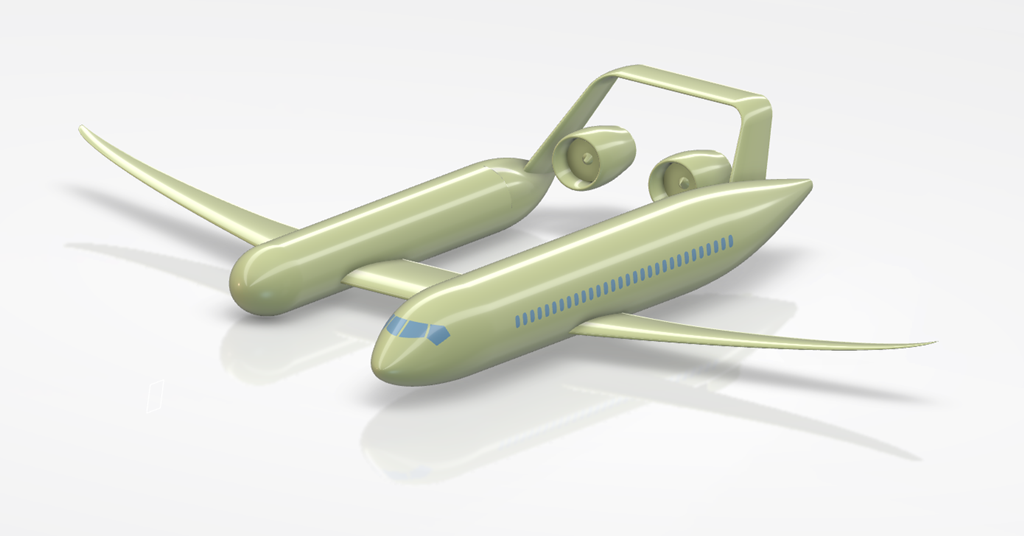
“This new dawn for aviation brings with it real opportunities for the united kingdom part sector to secure market share, extremely skilled jobs and inward investment whereas serving to to fulfill the UK’s commitments to fight temperature change.”
It is not all excellent news, however. Belly payload has become integral to aviation’s business model, surpassing pure air freight by early 2020 and then vital for airlines that on some flights, it accounted for the maximum amount as four-hundredth of revenues.
Mark Diamond, a advisor with International Finance Corporation aviation, was quoted as locution as so much back as 2018, that “on average, five hundredth or a lot of of international flights area unit solely profitable thanks to cargo’s contribution”.
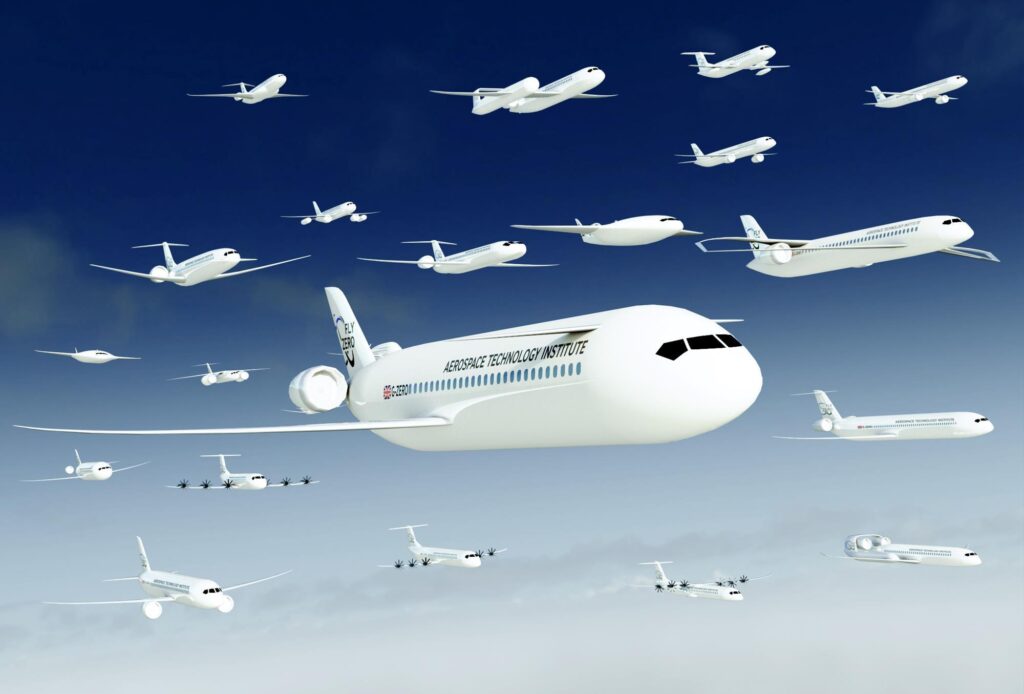
But if the new style is something to travel by, traveler airlines can before long be facing a two-fold hit to their bottom lines, as not solely area unit the new fuels probably to be significantly dearer, however they’ll take up dramatically more room, as well.
In the case of liquid H – presently, fifteen times dearer than lamp oil – around fourfold the area is needed to store identical quantity of energy, which means belly payload capability, seats, or vary can need to be sacrificed.
But the FlyZero thought is in no way regarding sacrificing the latter.
“We’re presently watching the midsize, halfway between wide- and narrow-body aircraft,” explained advocate for FlyZero Nathan Harrison.
“At the top of the project we’ll have 3 sizes, and this may embody a regional thought, a narrow-body aircraft and this midsize… can have a variety of five,200 transport miles, enough for a transatlantic flight and a touch more.”
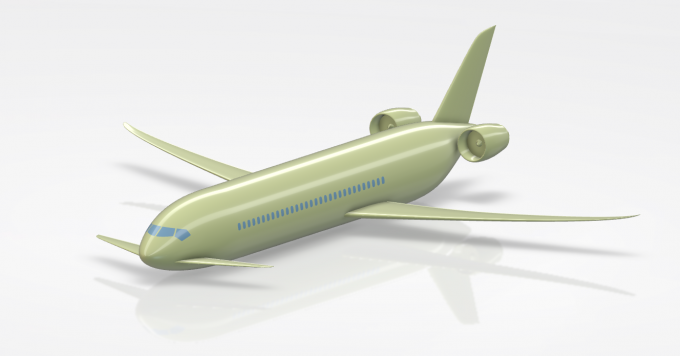
By comparison, today’s Airbus’ A320neo will carry two hundred passengers three,400 nm on a full tank of lamp oil. however airliner has free a hydrogen-turbofan thought craft, the ZEROe, additionally with capability for up to two hundred passengers, however restricted to merely 2,000 nm – but that of the FlyZero.
“The refrigerant fuel thought is within the belly of the craft, which would cut back belly capability, and ultimately that’s a thought for the midsize thought,” same adult male Harrison.
“Liquid H shows the foremost potential. Weight is crucial for aircraft… we discover that the load of ammonia could be a Brobdingnagian challenge, likewise because the toxicity. once it involves volume, this is often vital for things like drag reduction, and then we have a tendency to see that liquid Hydrogen has the advantage over gaseous hydrogen… however it still comes with challenges in terms of storage in refrigerant fuel tanks.”

And FlyZero has the backing of the united kingdom government. Transport secretary Grant Shapps said: “As we have a tendency to build back greener, it’s crucial that we have a tendency to place property at the guts of the aviation industry’s recovery from Covid-19.
Also know how Boeing wants to make its upcoming plane in virtual world
This pioneering style, diode by a British organisation, brings U.S. one step nearer to a future wherever folks will still travel and connect however while not the carbon footprint.”







